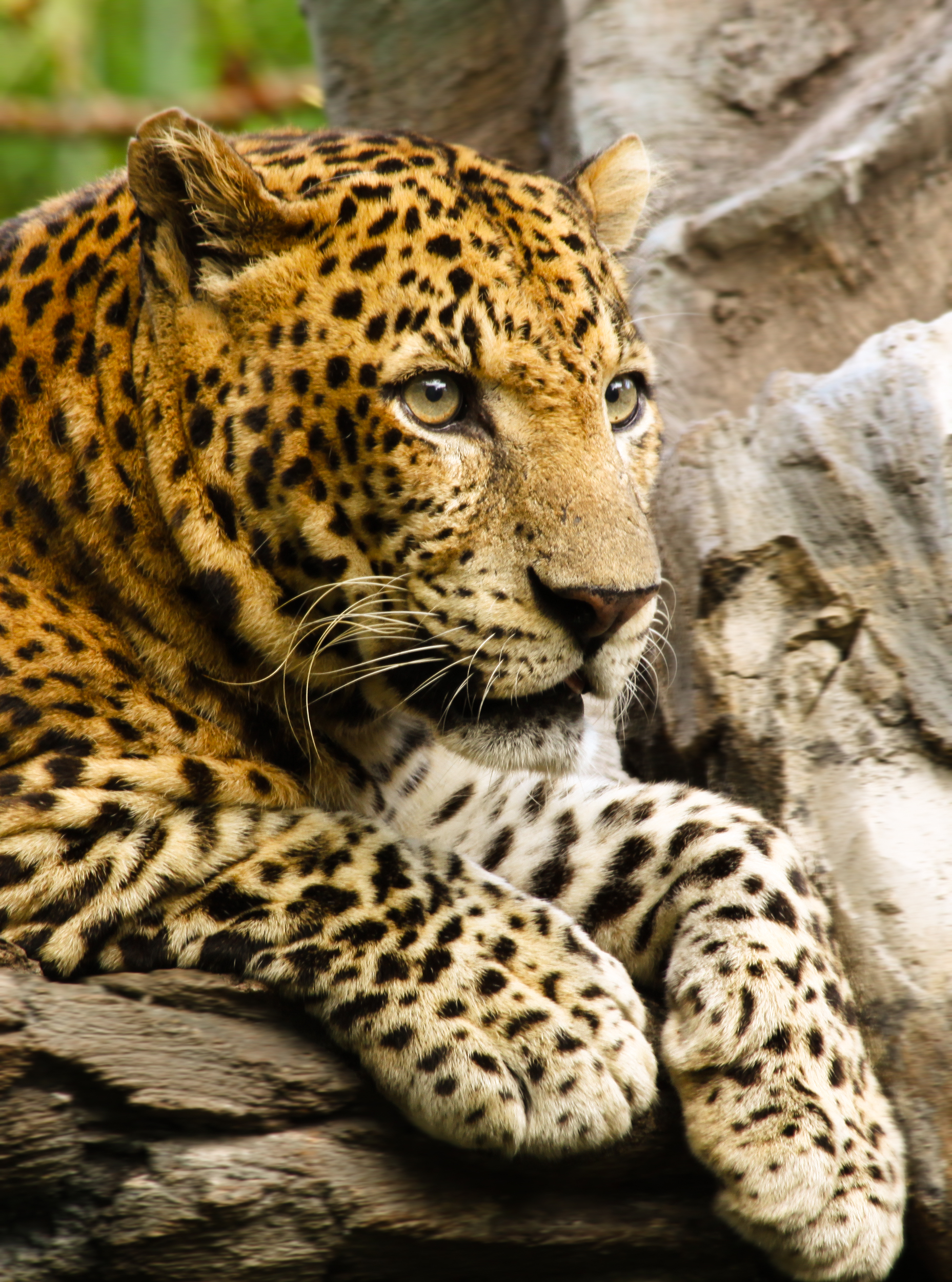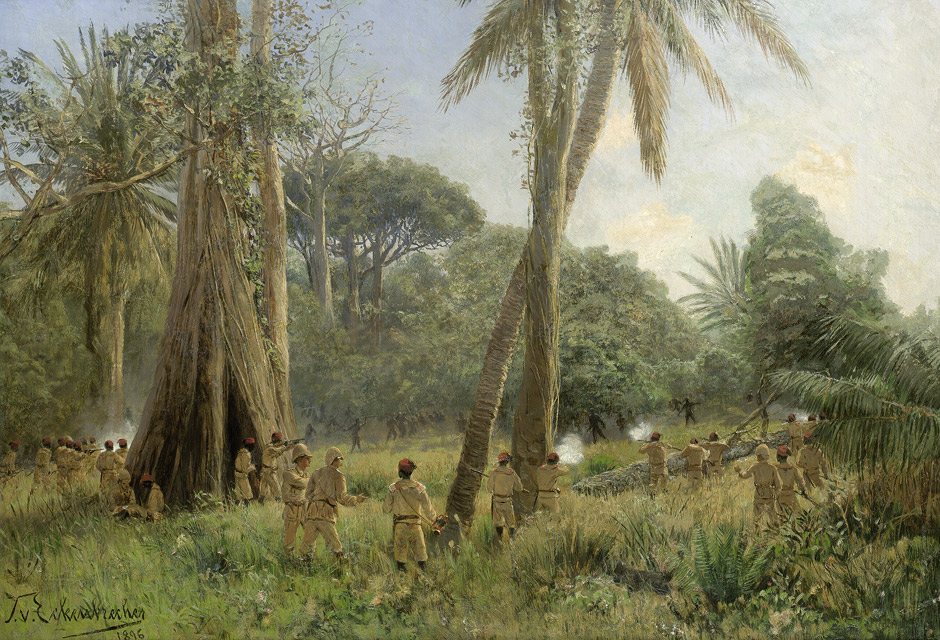|
Kilimanjaro
Mount Kilimanjaro () is a dormant volcano in Tanzania. It has three volcanic cones: Kibo, Mawenzi, and Shira. It is the highest mountain in Africa and the highest free-standing mountain above sea level in the world: above sea level and about above its plateau base. It is the highest volcano in Africa and the Eastern Hemisphere. Kilimanjaro is the fourth most topographically prominent peak on Earth. It is part of Kilimanjaro National Park and is a major hiking and climbing destination. Because of its shrinking glaciers and ice fields, which are projected to disappear between 2025 and 2035, it has been the subject of many scientific studies. Toponymy The origin of the name Kilimanjaro is not known, but a number of theories exist. European explorers had adopted the name by 1860 and reported that Kilimanjaro was the mountain's Kiswahili name. The 1907 edition of ''The Nuttall Encyclopædia'' also records the name of the mountain as Kilima-Njaro. Johann Ludwig Kra ... [...More Info...] [...Related Items...] OR: [Wikipedia] [Google] [Baidu] |
Chaga People
The Chaga or Chagga (Swahili language: WaChaga) are Bantu-speaking indigenous Africans and the third-largest ethnic group in Tanzania. They traditionally live on the slopes of Mount Kilimanjaro and eastern Mount Meru in both Kilimanjaro Region and eastern Arusha Region. Their relative economic wealth comes from favorable fertile soil of mount Kilimanjaro and successful agricultural methods, which include extensive irrigation systems, terracing, and continuous organic fertilization methods practiced for thousands of years. The Chaga are said to have descended from various Bantu groups who migrated from elsewhere in Africa to the foothills of Mount Kilimanjaro, a migration that began around the start of the eleventh century. While the Chaga are Bantu-speakers, their language has a number of dialects somewhat related to Kamba, which is spoken in southeast Kenya,. They are ethnically related to the Pare, Taveta, Shambaa people and Taita peoples. The inhabitants reveal migration ... [...More Info...] [...Related Items...] OR: [Wikipedia] [Google] [Baidu] |
Kilimanjaro Region
Kilimanjaro Region (''Mkoa wa Kilimanjaro'' in Swahili) is one of Tanzania's 31 administrative regions. The regional capital and largest city is the municipality of Moshi. With a HDI of 0.613, Kilimajaro is one among the most developed regions of Tanzania. According to the 2012 national census, the region had a population of 1,640,087, which was lower than the pre-census projection of 1,702,207.Population Distribution by Administrative Units, United Republic of Tanzania, 2013 For 2002-2012, the region's 1.8 percent average annual population growth rate was the 24th highest in the country. It was also the eighth most densely populated region with 124 people per square ... [...More Info...] [...Related Items...] OR: [Wikipedia] [Google] [Baidu] |
Kilimanjaro National Park
Kilimanjaro National Park is a Tanzanian national park, located south of the equator and in Kilimanjaro Region, Tanzania. The park is located near the region of Moshi. The park includes the whole of Mount Kilimanjaro above the tree line and the surrounding montane forest belt above . It covers an area of , 2°50'–3°10'S latitude, 37°10'–37°40'E longitude. The park is administered by the Tanzania National Parks Authority (TANAPA). It was established as a national park in 1973. The park generated US$51 million in revenue in 2013, the second-most of any Tanzanian national park, and was one of only two Tanzanian national parks to generate a surplus during the 2012-13 budget year.Park arrivals highlights, Tourism Perf ... [...More Info...] [...Related Items...] OR: [Wikipedia] [Google] [Baidu] |
Retreat Of Glaciers Since 1850
The retreat of glaciers since 1850 affects the availability of fresh water for irrigation and domestic use, mountain recreation, animals and plants that depend on glacier-melt, and, in the longer term, the level of the oceans. Deglaciation occurs naturally at the end of ice ages, but glaciologists find the current glacier retreat is accelerated by the measured increase of atmospheric greenhouse gases—an effect of climate change. Mid-latitude mountain ranges such as the Himalayas, Rockies, Alps, Cascades, Southern Alps, and the southern Andes, as well as isolated tropical summits such as Mount Kilimanjaro in Africa, are showing some of the largest proportionate glacial losses. Excluding peripheral glaciers of ice sheets, the total cumulated global glacial losses over the 26 year period from 1993–2018 were likely 5500 gigatons, or 210 gigatons per yr.Fox-Kemper, B., H.T. Hewitt, C. Xiao, G. Aðalgeirsdóttir, S.S. Drijfhout, T.L. Edwards, N.R. Golledge, M. Hemer, R.E. Kopp, ... [...More Info...] [...Related Items...] OR: [Wikipedia] [Google] [Baidu] |
Tanzania
Tanzania (; ), officially the United Republic of Tanzania ( sw, Jamhuri ya Muungano wa Tanzania), is a country in East Africa within the African Great Lakes region. It borders Uganda to the north; Kenya to the northeast; Comoro Islands and the Indian Ocean to the east; Mozambique and Malawi to the south; Zambia to the southwest; and Rwanda, Burundi, and the Democratic Republic of the Congo to the west. Mount Kilimanjaro, Africa's highest mountain, is in northeastern Tanzania. According to the United Nations, Tanzania has a population of million, making it the most populous country located entirely south of the equator. Many important hominid fossils have been found in Tanzania, such as 6-million-year-old Pliocene hominid fossils. The genus Australopithecus ranged across Africa between 4 and 2 million years ago, and the oldest remains of the genus '' Homo'' are found near Lake Olduvai. Following the rise of ''Homo erectus'' 1.8 million years ago, humanity sprea ... [...More Info...] [...Related Items...] OR: [Wikipedia] [Google] [Baidu] |
Hans Meyer (geologist)
Hans Heinrich Josef Meyer (22 March 1858 – 5 July 1929) was a German geographer from Hildburghausen, who was the son of publisher Herrmann Julius Meyer (1826-1909). Hans Meyer is credited with being the first European to reach the summit of Mount Kilimanjaro 5,895 m (19,341 ft). Kilimanjaro has three peaks: Shira, 3,962 m (12,999 ft); Mawenzi, 5,149 m (16,893 ft); and Kibo, whose summit was reached by Meyer in 1889. Biography He studied sciences and history in Leipzig, Berlin and Straßburg, afterward traveling in India, North America and South Africa. Subsequently he visited East Africa and South America. He entered the publishing house of his father, the Bibliographisches Institut at Leipzig, in 1884, and in the following year became one of the directors of the firm; but at intervals he continued his exploring expeditions. In 1887, during his first attempt to climb Kilimanjaro, Meyer reached the base of Kibo, but was forced to turn back. He did n ... [...More Info...] [...Related Items...] OR: [Wikipedia] [Google] [Baidu] |
List Of Peaks By Prominence
This is a list of mountain peaks ordered by their topographic prominence. Terminology The prominence of a peak is the minimum height of climb to the summit on any route from a higher peak, or from sea level if there is no higher peak. The lowest point on that route is the col. For full definitions and explanations of ''topographic prominence'', ''key col'', and ''parent'', see topographic prominence. In particular, the different definitions of the parent of a peak are addressed at length in that article. ''Height'' on the other hand simply means elevation of the summit above sea level. Regarding parents, the ''prominence parent'' of peak A can be found by dividing the island or region in question into territories, by tracing the runoff from the key col (mountain pass) of every peak that is more prominent than peak A. The parent is the peak whose territory peak A resides in. The ''encirclement parent'' is found by tracing the contour below peak A's key col and picking the highes ... [...More Info...] [...Related Items...] OR: [Wikipedia] [Google] [Baidu] |
Chaga Languages
Chaga, also ''Kichaga'' or ''Kichagga'', is a Bantu dialect continuum spoken by the Chaga people of northern Tanzania, south of Mount Kilimanjaro Mount Kilimanjaro () is a dormant volcano in Tanzania. It has three volcanic cones: Kibo, Mawenzi, and Shira. It is the highest mountain in Africa and the highest free-standing mountain above sea level in the world: above sea level and ab .... They also speak 9 dialects: Kivunjo, Kimarangu, Kirombo, Kimachame, Kisiha, Kikibosho, Kiuru, Kioldimoshi and Kingassa. The Chaga languages are:Maho (2009) * West Kilimanjaro (West Chaga), including Meru and Machame * Central Kilimanjaro (Central Chaga), including Mochi (Old Moshi) and Wunjo * Rombo * Rusha (Arusha-Chini) * Kahe * Gweno References Languages of Tanzania {{Tanzania-stub ... [...More Info...] [...Related Items...] OR: [Wikipedia] [Google] [Baidu] |
African Mountains
This is a list of the highest mountain peaks of Africa. It aims to include the highest mountain peaks with a prominence of at least 500 m. Some regions are still poorly described and the list is likely to be both incomplete and not completely accurate. This is especially true for the Ethiopian Highlands, where heights on maps and in the literature differ between each other by up to 500 m. All elevations have been checked or chosen to match the SRTM-based contour lines in the Google terrain maps. The highest African mountain is Kilimanjaro, which has three peaks, named Kibo, Mawenzi and Shira, of which Kibo is the tallest. Mount Kenya is the second highest mountain in Africa which also has three main peaks, namely Batian, Nelion and Lenana Point. See also * Notes Sources *Jamish BrownClimbing in the Atlas Mountains ''The Alpine Journal'', 2002, pp. 81–91. *Des ClarkMountaineering in the Moroccan High Atlas Cicerone, 2011 *Bernhard LindahlLocal History of Ethiopia 2 ... [...More Info...] [...Related Items...] OR: [Wikipedia] [Google] [Baidu] |
Hiking
Hiking is a long, vigorous walk, usually on trails or footpaths in the countryside. Walking for pleasure developed in Europe during the eighteenth century.AMATO, JOSEPH A. "Mind over Foot: Romantic Walking and Rambling." In ''On Foot: A History of Walking'', 101-24. NYU Press, 2004. Accessed March 1, 2021. http://www.jstor.org/stable/j.ctt9qg056.7. Religious pilgrimages have existed much longer but they involve walking long distances for a spiritual purpose associated with specific religions. "Hiking" is the preferred term in Canada and the United States; the term " walking" is used in these regions for shorter, particularly urban walks. In the United Kingdom and the Republic of Ireland, the word "walking" describes all forms of walking, whether it is a walk in the park or backpacking in the Alps. The word hiking is also often used in the UK, along with rambling , hillwalking, and fell walking (a term mostly used for hillwalking in northern England). The term bushwalking i ... [...More Info...] [...Related Items...] OR: [Wikipedia] [Google] [Baidu] |
German East Africa
German East Africa (GEA; german: Deutsch-Ostafrika) was a German colony in the African Great Lakes region, which included present-day Burundi, Rwanda, the Tanzania mainland, and the Kionga Triangle, a small region later incorporated into Mozambique. GEA's area was , which was nearly three times the area of present-day Germany and double the area of metropolitan Germany at the time. The colony was organised when the German military was asked in the late 1880s to put down a revolt against the activities of the German East Africa Company. It ended with Imperial Germany's defeat in World War I. Ultimately GEA was divided between Britain, Belgium and Portugal and was reorganised as a mandate of the League of Nations. History Like other colonial powers the Germans expanded their empire in the Africa Great Lakes region, ostensibly to fight slavery and the slave trade. Unlike other imperial powers, however they never formally abolished either slavery or the slave trade and pref ... [...More Info...] [...Related Items...] OR: [Wikipedia] [Google] [Baidu] |




.jpg)
.jpg)

